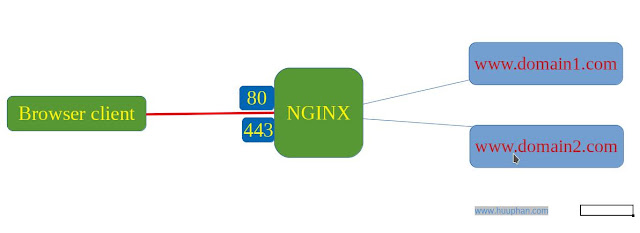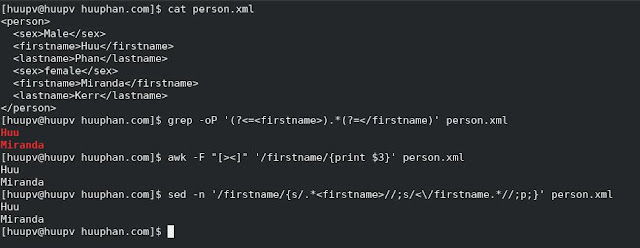zimbra notify password expired by bash script

Introduction Zimbra Collaboration Suite (ZCS) is a popular open-source email platform that provides enterprise-level features for communication and collaboration. As an administrator, managing user accounts effectively is crucial, and one common challenge is handling expired passwords. Automating the notification process with a Bash script can save time, enhance user experience, and improve security. This article explores how to use a Bash script for notifying Zimbra users about password expiration In this tutorial, we’ll cover how to remind users about password expiration on Zimbra. The Bash script adheres to a policy of 120 days for password expiration and notifies users in advance. We will create a script named zimbra_notify_change_pass.sh to automate this process. Understanding Zimbra and Bash Scripts What is Zimbra? Zimbra is a powerful platform combining email, calendar, and collaboration tools into one suite. It’s known for its reliability and versatility, making it a go-to sol...






